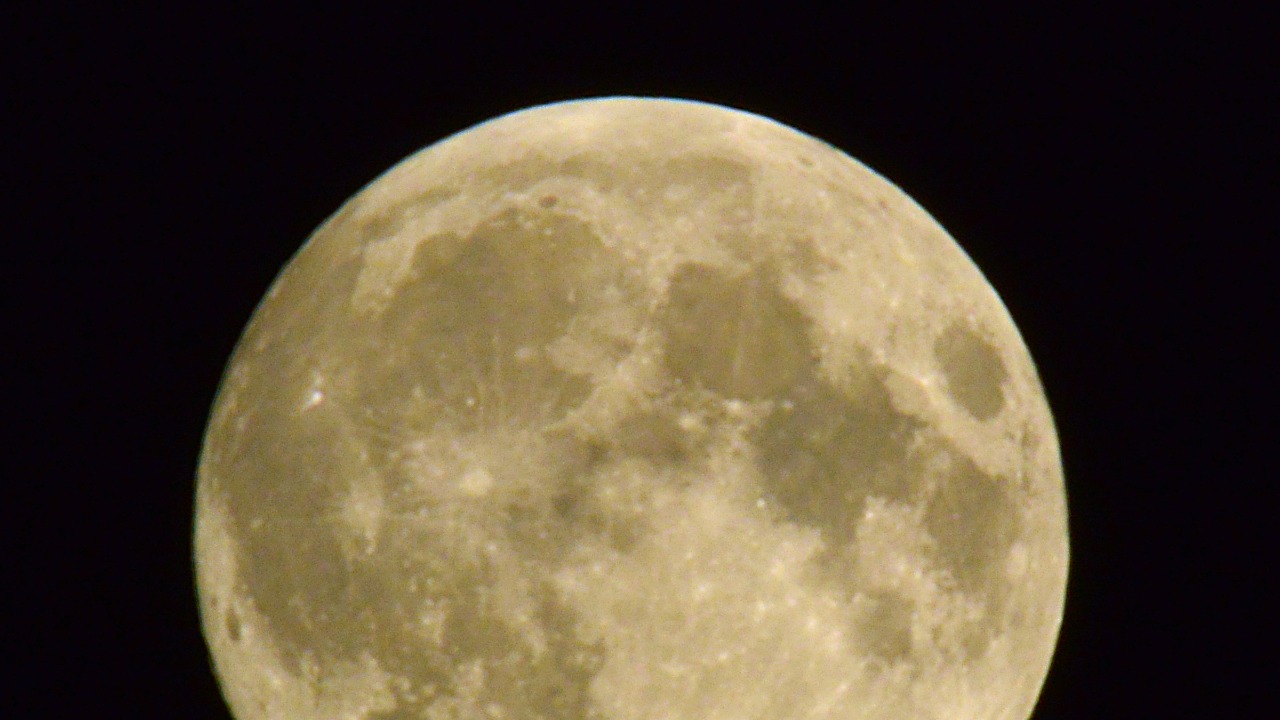
Recent scientific research has unearthed an intriguing proposition that Earth may have once been orbited by two moons instead of one. This radical idea not only challenges our understanding of the lunar formation narrative but also gives us a fresh perspective on the history of the Earth-Moon system.
Understanding the Theory of Lunar Formation
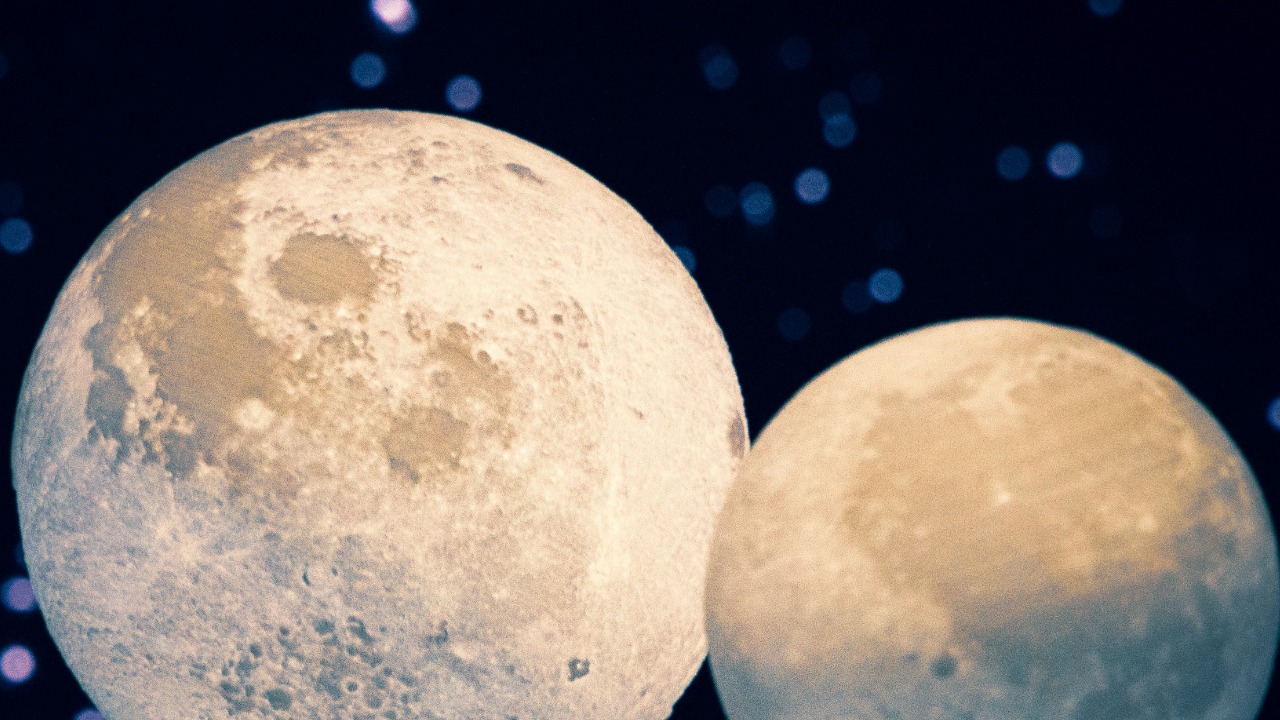
The Giant Impact Hypothesis has been the traditional theory of lunar formation. According to this theory, a Mars-sized body, termed Theia, collided with Earth about 4.5 billion years ago. The resulting debris eventually coalesced to form our Moon. However, a new hypothesis is now suggesting that Earth may have once had two moons. These two moons, over time and under the right conditions, might have merged into the one Moon we know today.
According to this two-moon theory, the second moon would have been significantly smaller. Over time, the gravitational pull of the larger moon would have slowly drawn the smaller moon towards it. Eventually, the smaller moon would have collided with the larger one, resulting in the single Moon we see today. The impact wouldn’t have been a destructive collision but rather a slow merge, gradually changing the Moon’s shape and composition.
Scientific Evidence Supporting the Two-Moon Theory
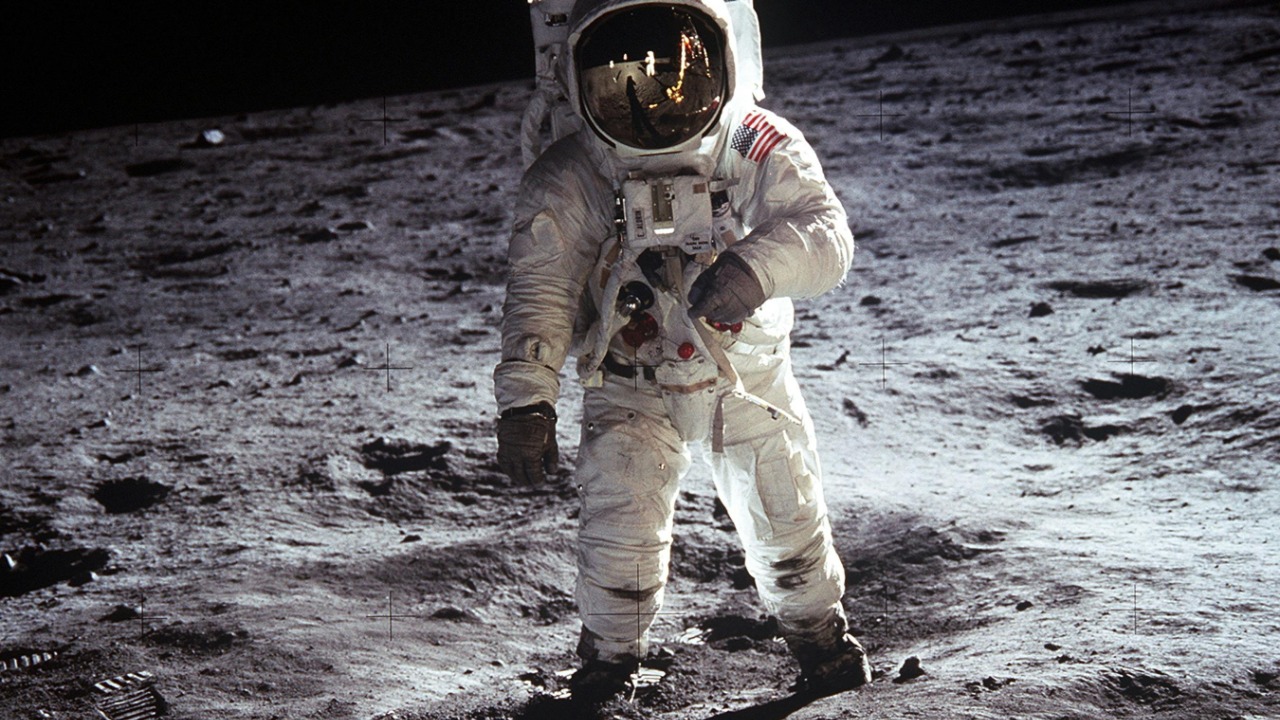
The two-moon theory gains support from the observation of the Moon’s asymmetrical shape and the dichotomy of its crust. The side facing Earth (the near side) is lower in altitude and possesses a thinner crust than the far side. This dichotomy is difficult to explain by the Giant Impact Hypothesis but is consistent with the two-moon theory.
Lunar samples brought back by the Apollo missions also support the theory. These samples reveal stark differences in the types and distribution of minerals between the Moon’s near and far sides. Furthermore, the Moon’s orbit and rotation patterns offer additional evidence. The Moon has a synchronous rotation, meaning it always shows the same face to Earth. This could be the result of the merging process of two moons.
Implications of the Two-Moon Theory on the Earth-Moon System
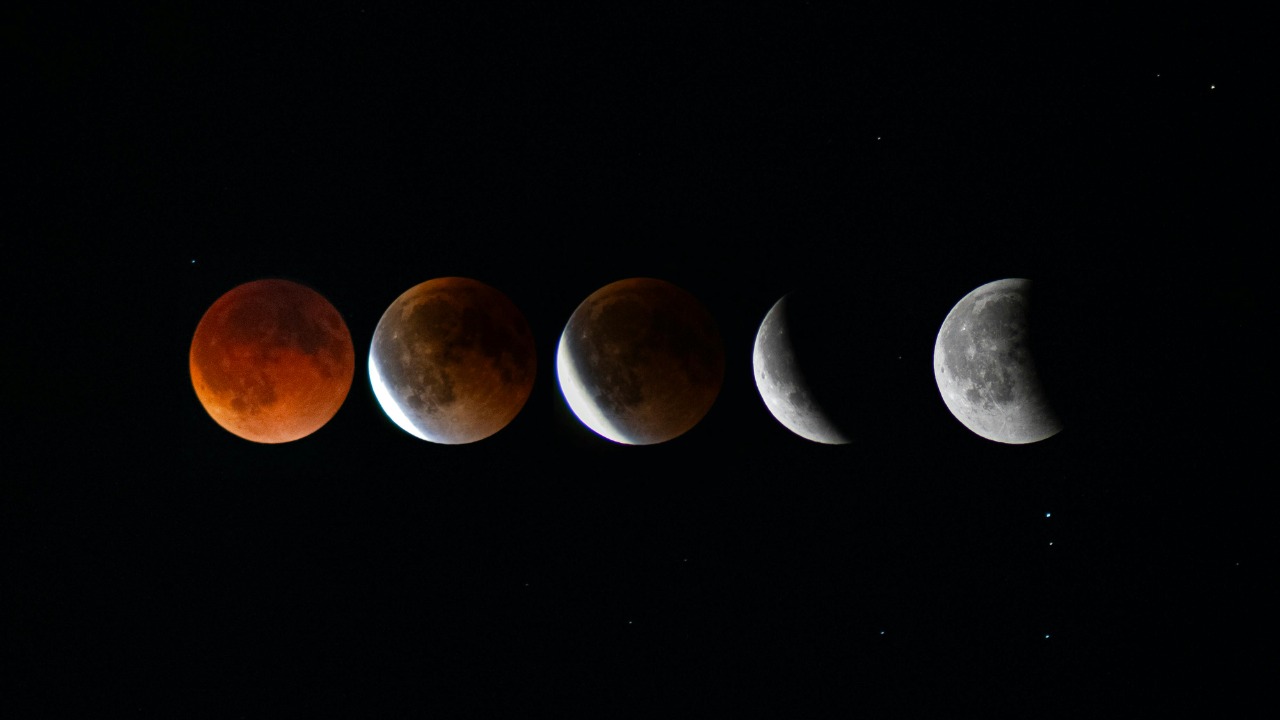
If Earth once had two moons, it could have significantly impacted the planet’s early climate and tides. The gravitational pull from two moons would have caused more extreme tides, possibly influencing the evolution of early life. Furthermore, the merger of the two moons would have influenced the Moon’s current orbit and Earth’s rotation, affecting the length of our days and seasons.
A two-moon system could also have affected meteoric impact rates on Earth. With two moons, the chances of lunar impacts would have been higher, possibly providing additional protection to Earth from catastrophic asteroid strikes during our planet’s early history.
Comparison with Other Celestial Bodies
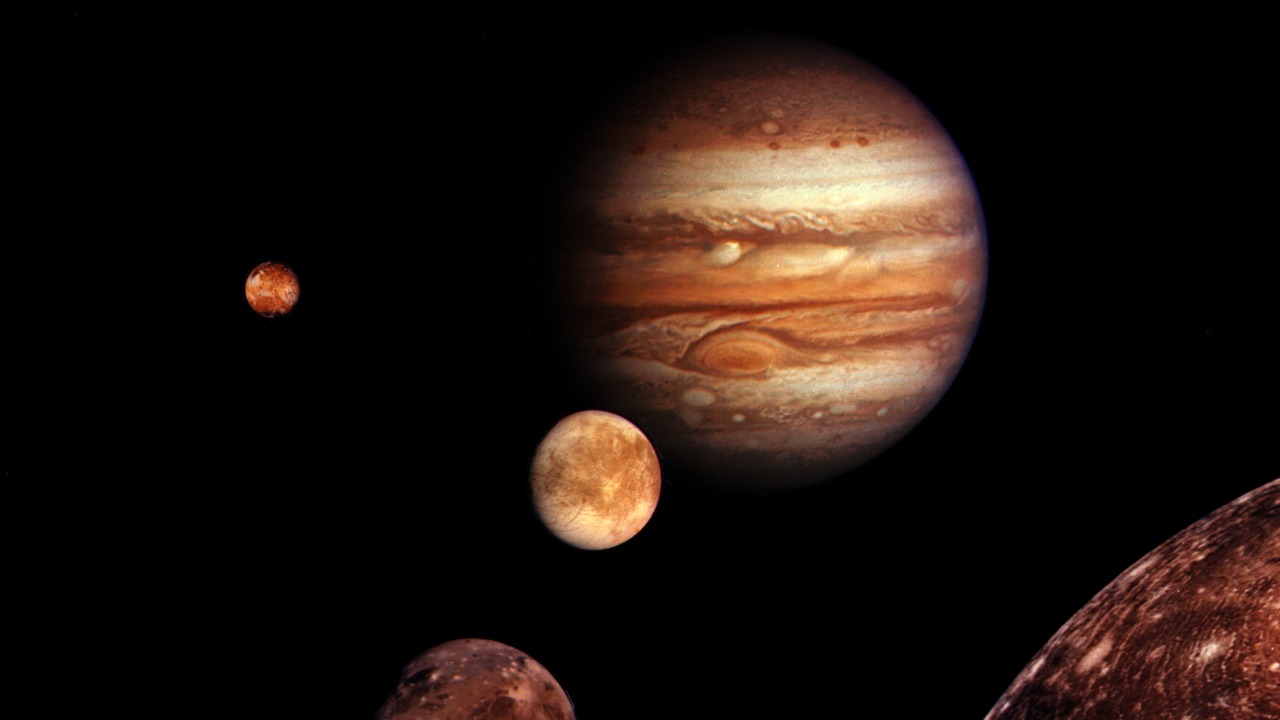
A look at other celestial bodies supports the possibility of multi-moon systems. Saturn, for example, is the planet with the most moons in our solar system, having more than 80 moons. This suggests that it’s not uncommon for planets to have multiple moons and the potential for moon mergers.
Moreover, considering the commonality of multi-moon systems in the universe, moon mergers could be a widespread phenomenon. This theory, if further substantiated, could alter our understanding of lunar formation and evolution not only in our solar system but also in other star systems.
Future Research and Unanswered Questions
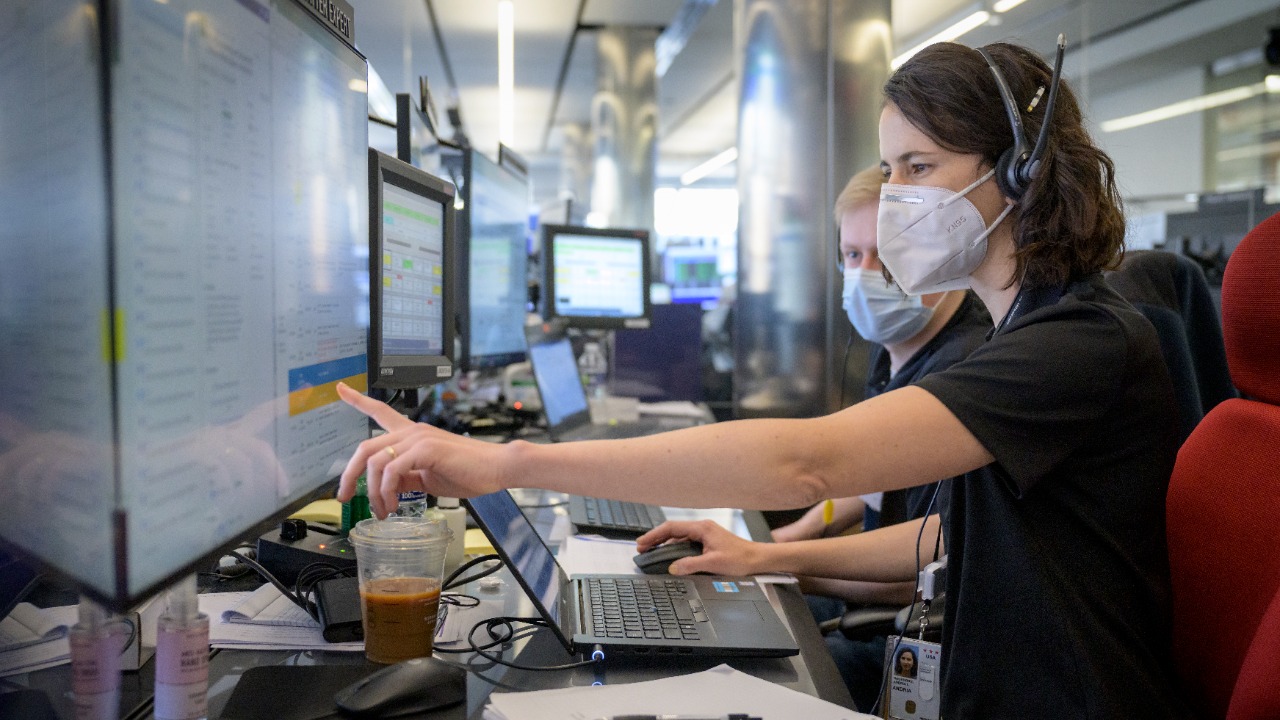
The two-moon theory, while fascinating, requires further research and exploration for confirmation. This exploration may necessitate significant technological advancements. Future lunar missions could aim at collecting and analyzing more lunar samples, particularly from the Moon’s far side, to provide more conclusive evidence.
There are still many unanswered questions and potential implications of the theory. For instance, what was the exact process of the merger, and when did it occur? How did it affect the Earth’s early environment, and what are the implications for understanding our solar system’s history? Further studies could help us answer these questions, shedding more light on the Earth-Moon system’s history and enriching our understanding of the cosmos.